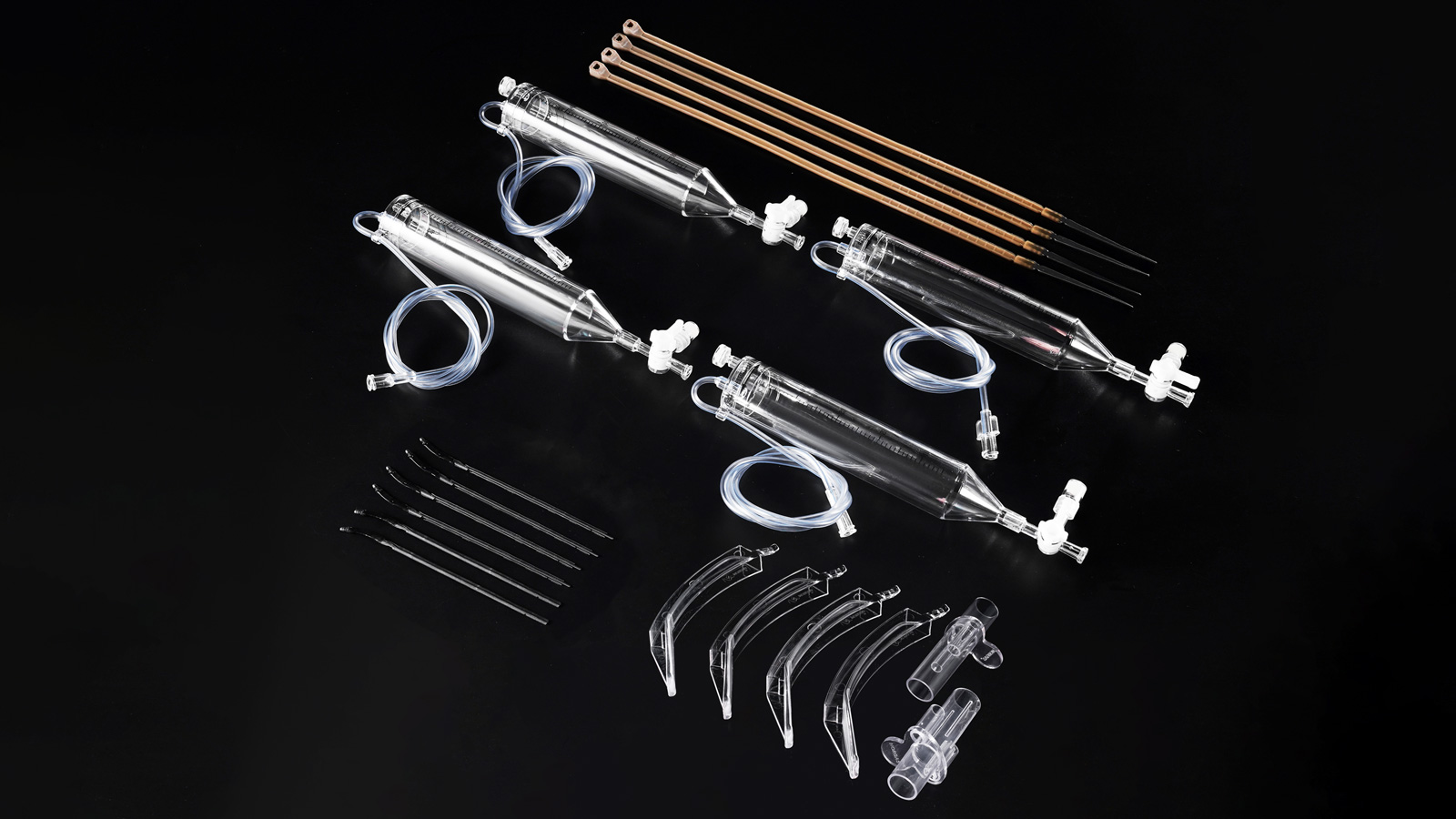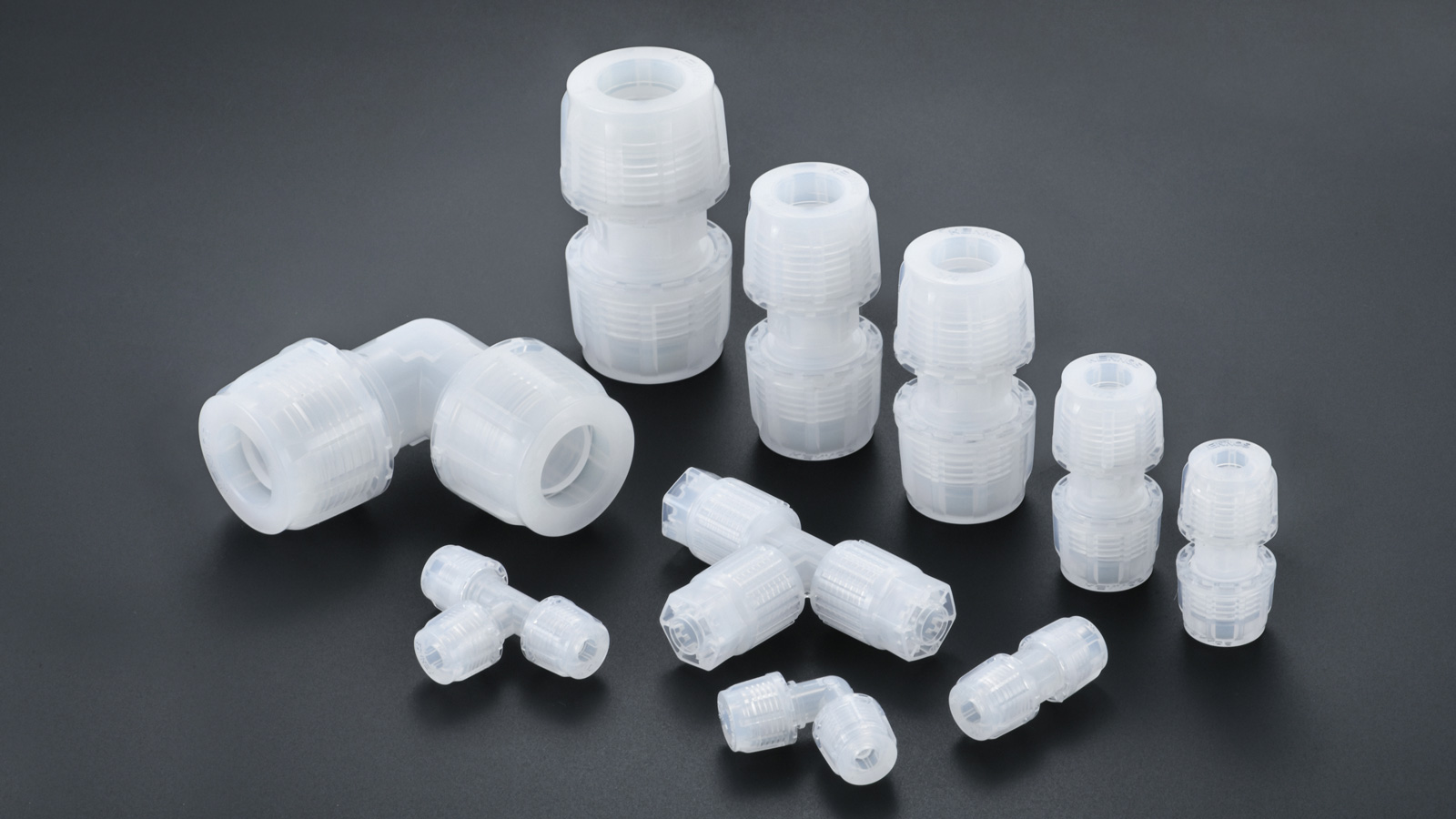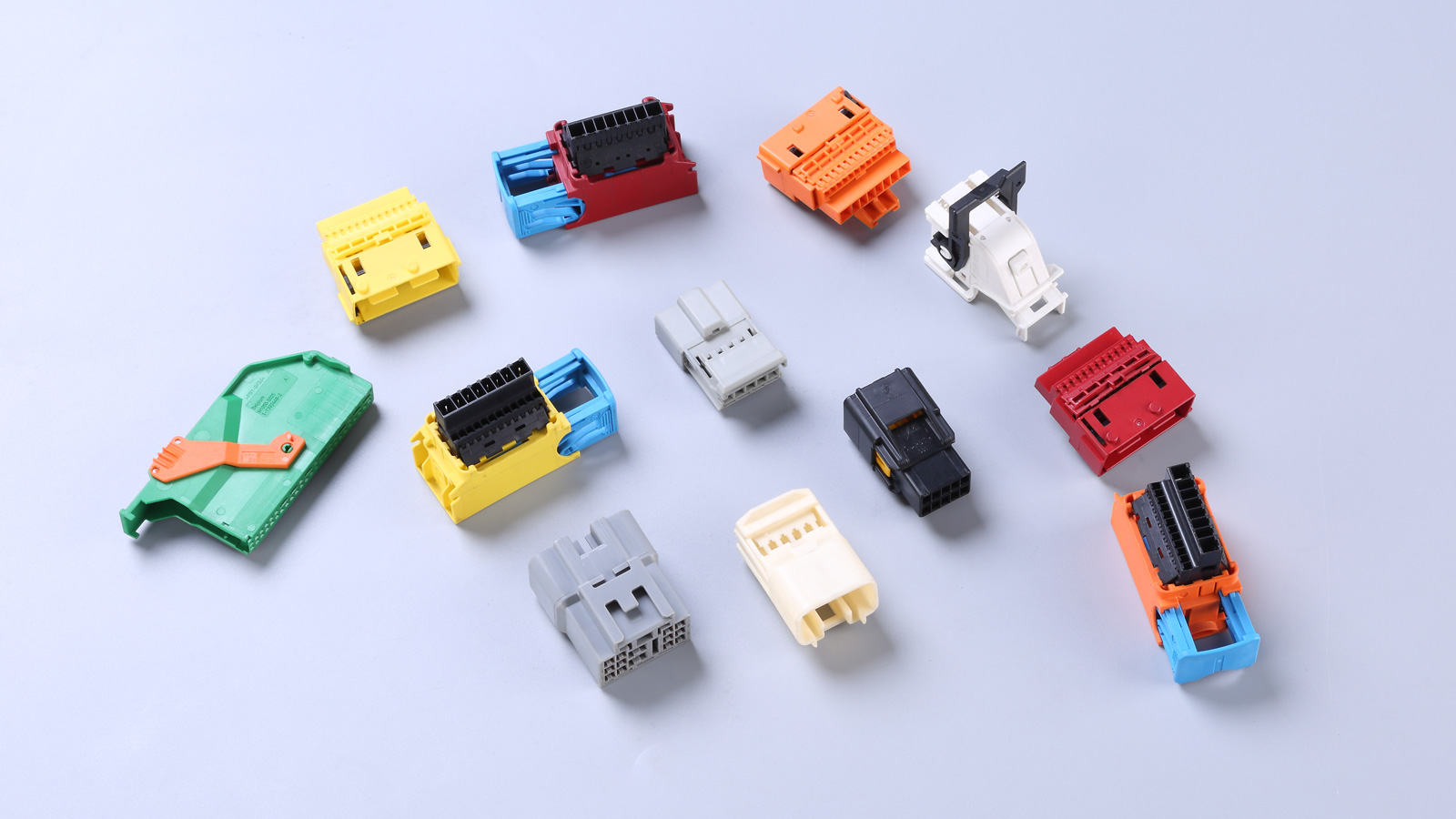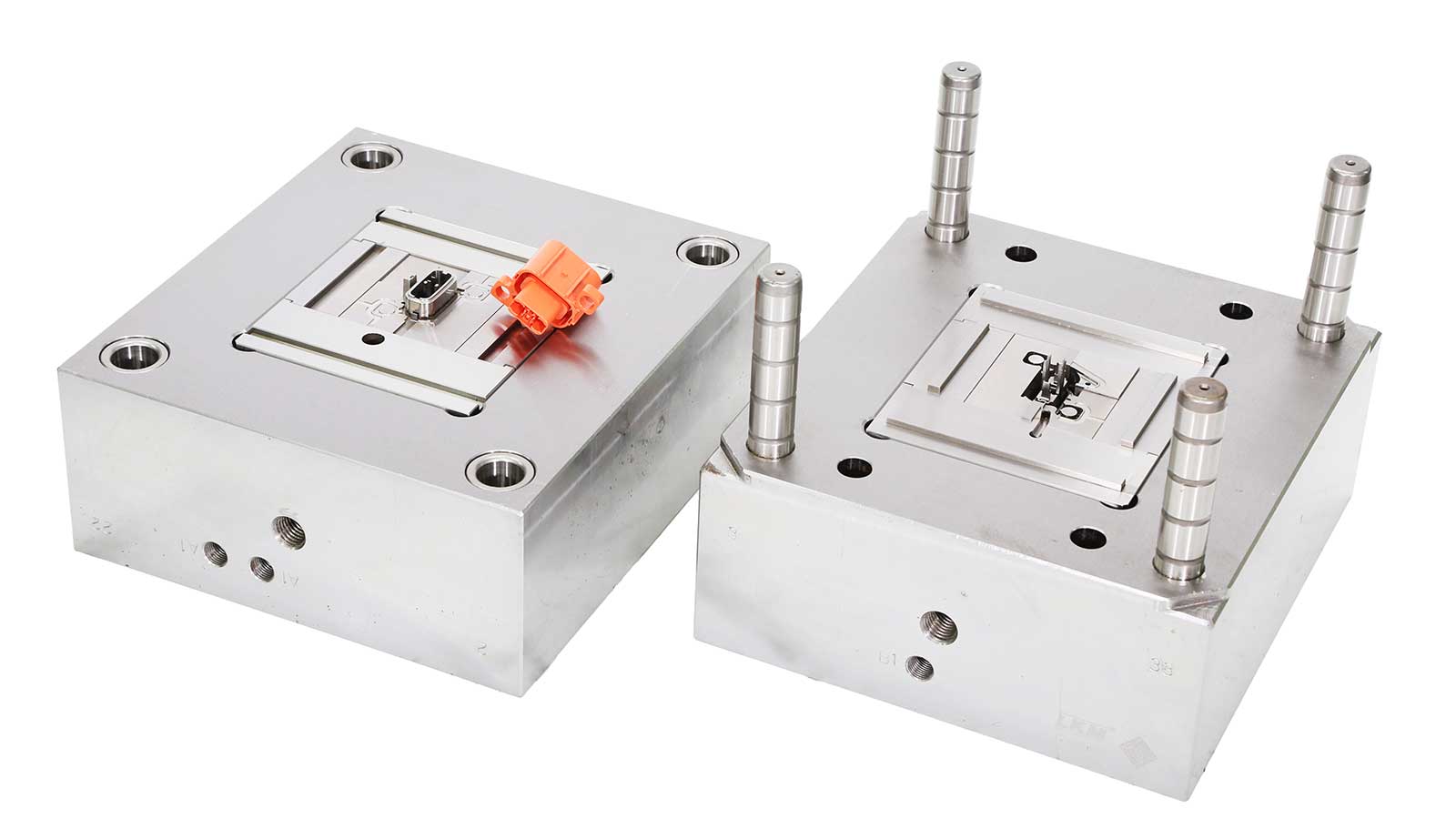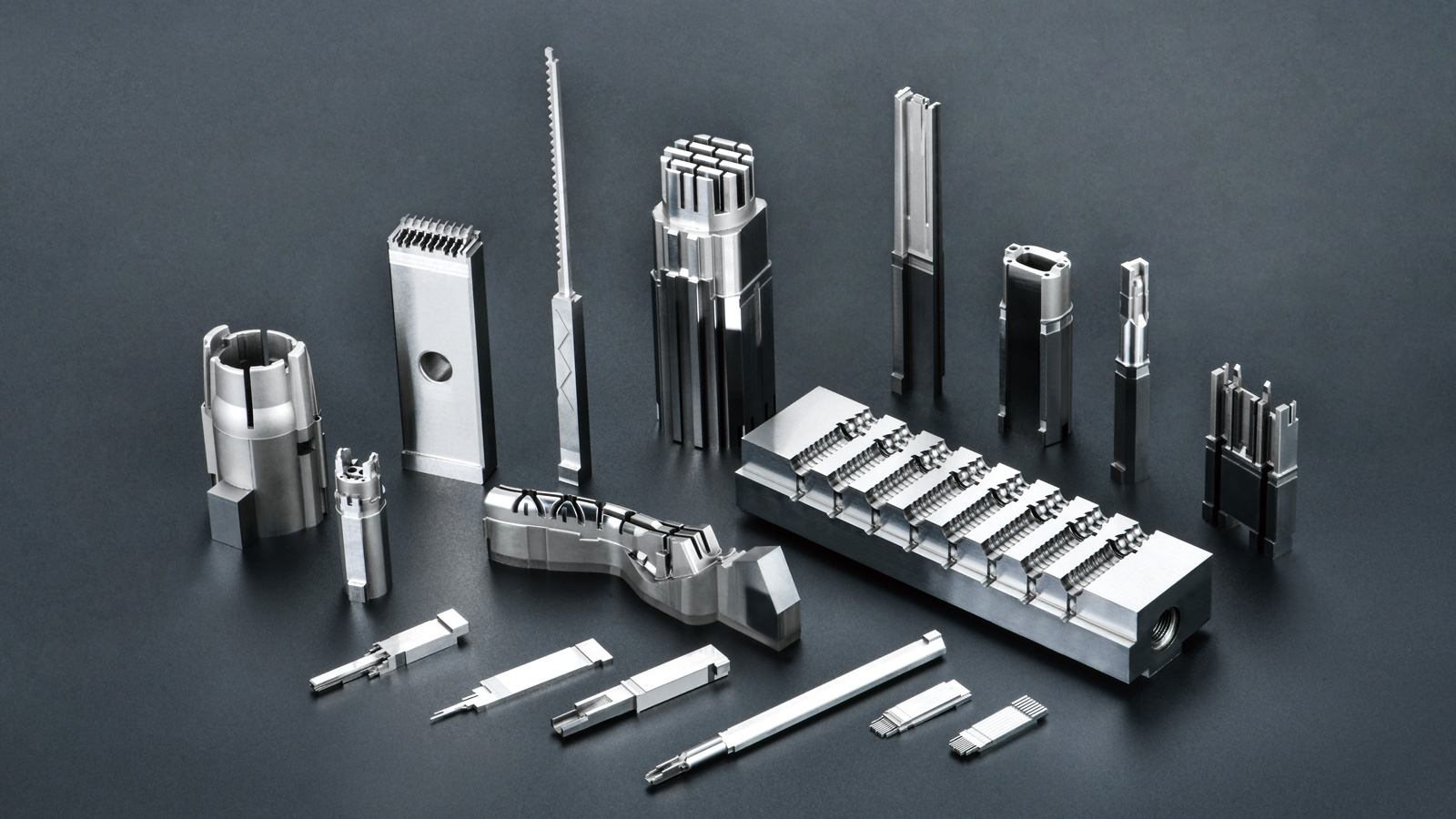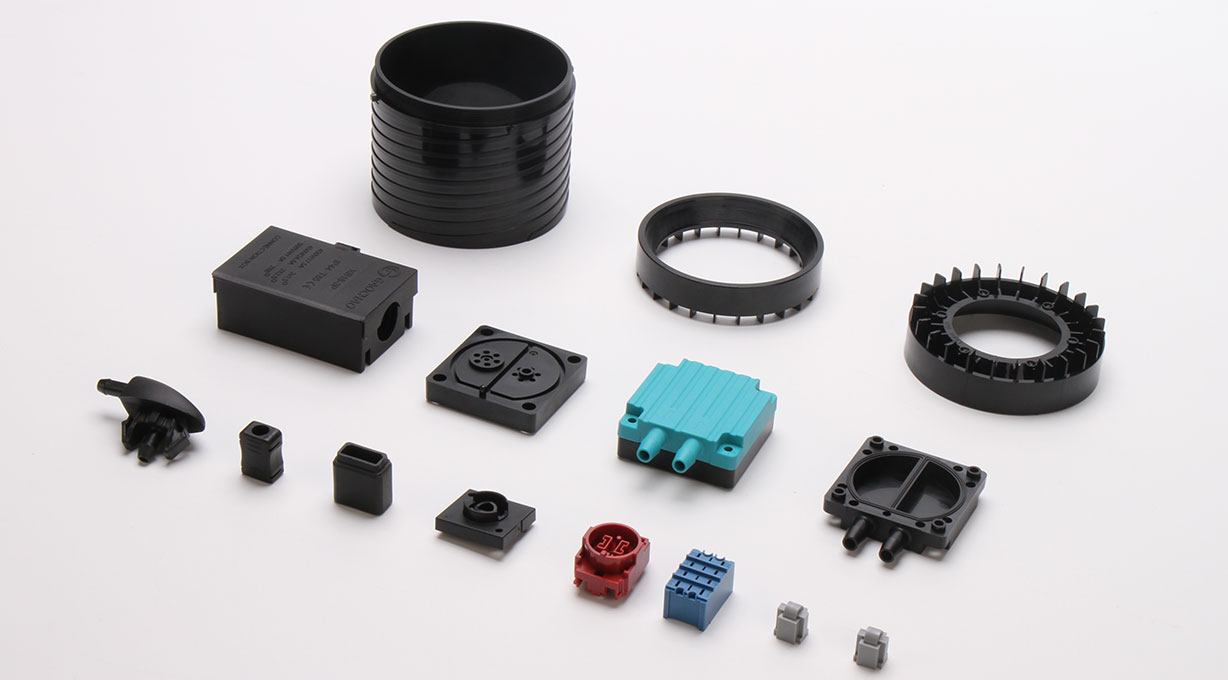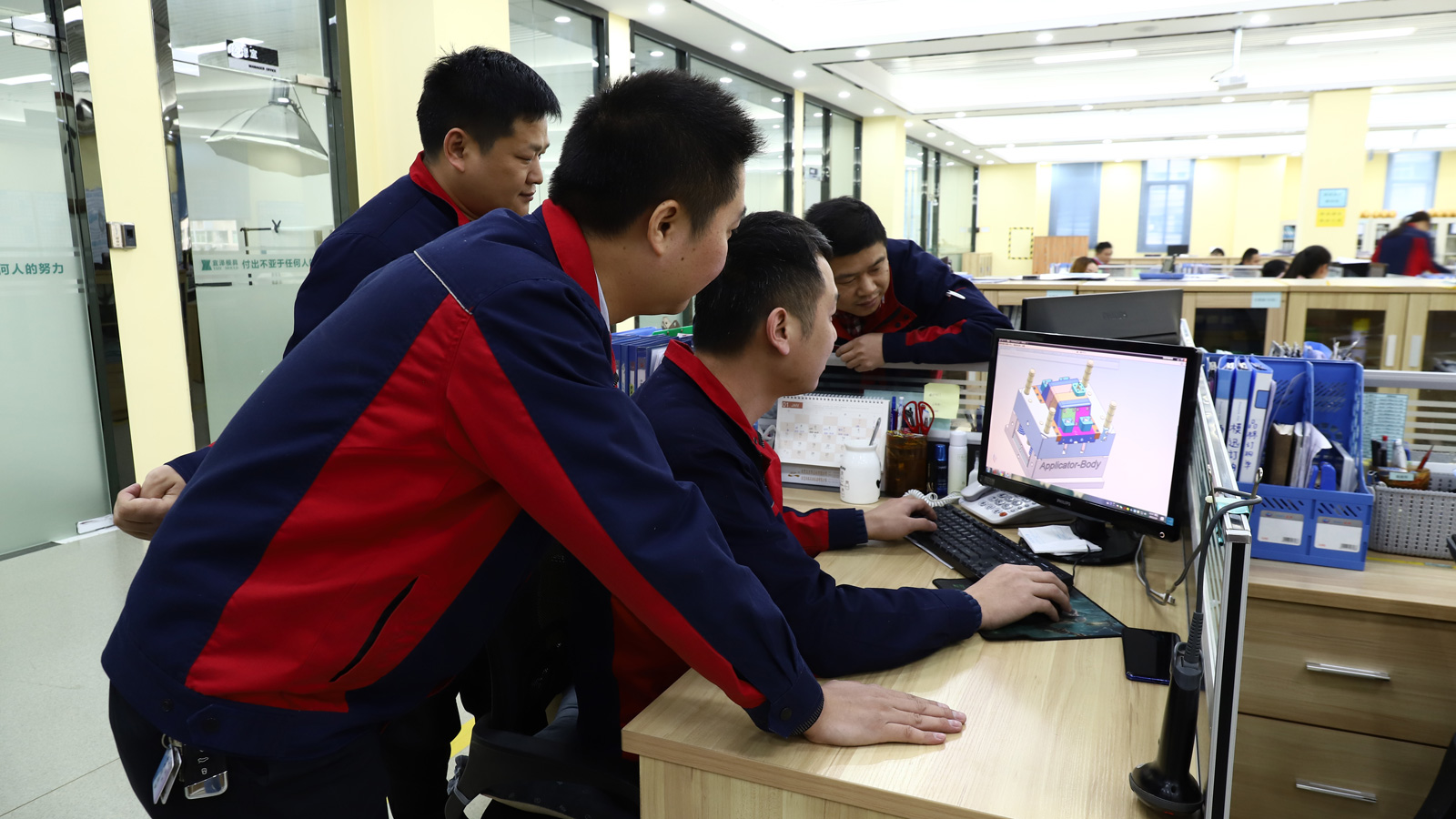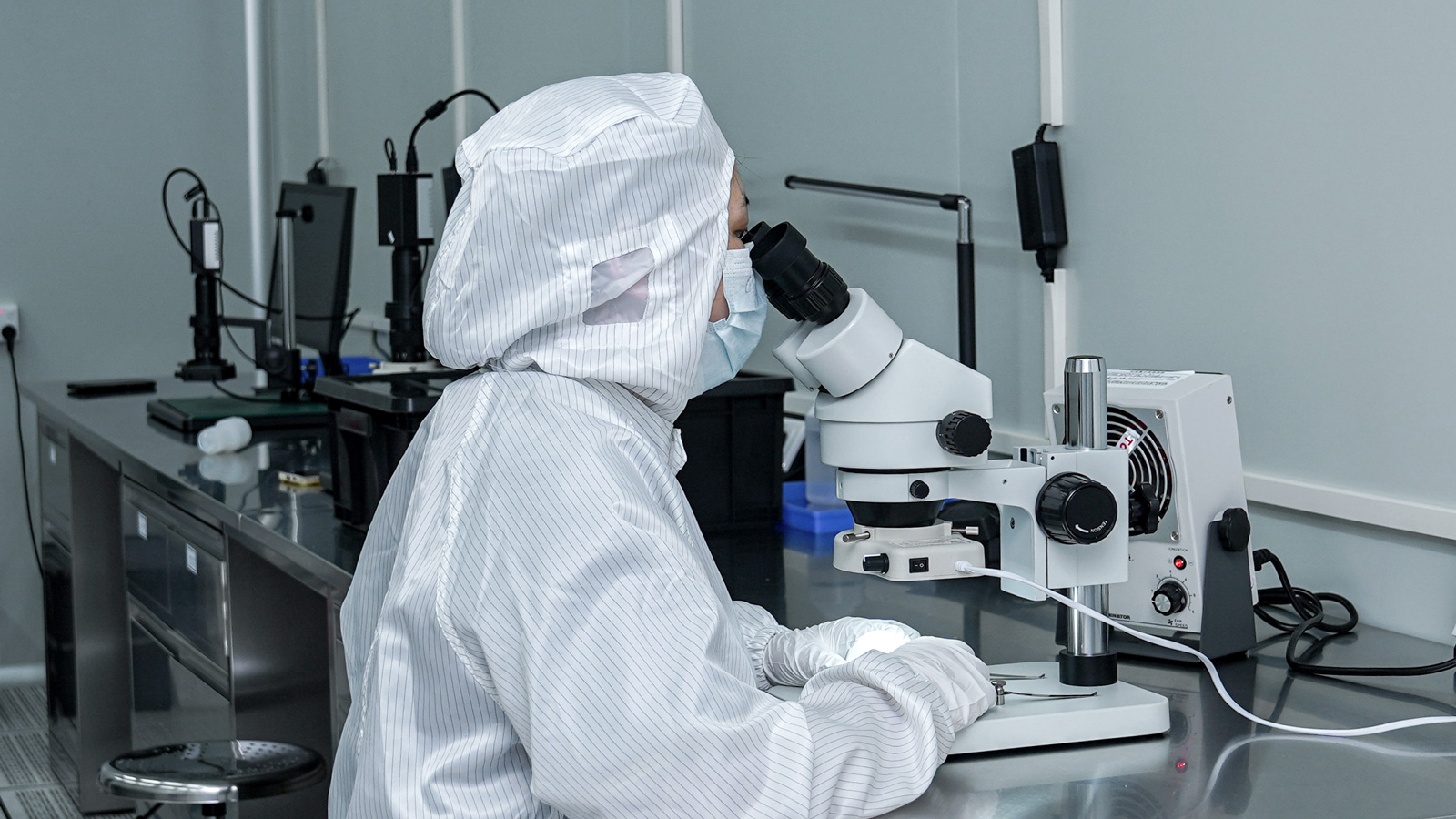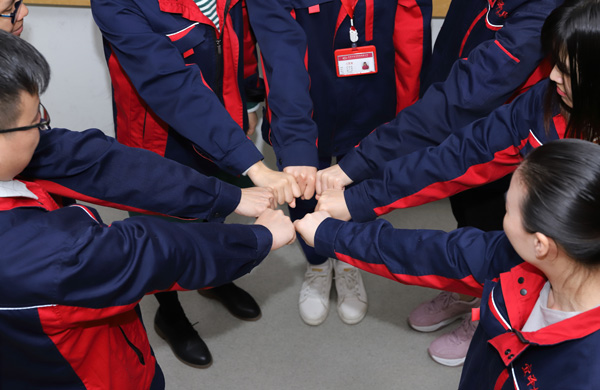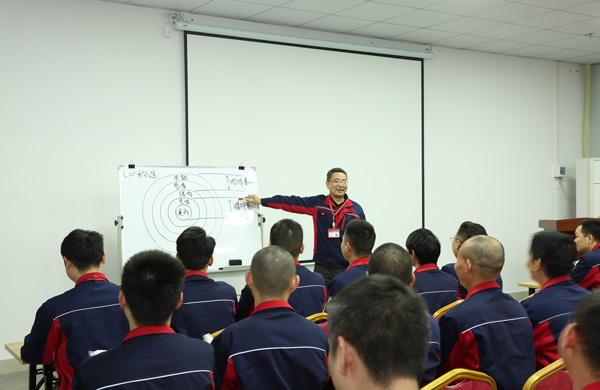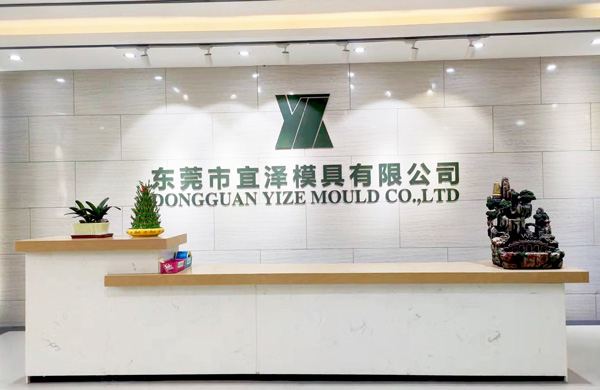In the field of metal insert injection molding, a common yet challenging issue is the appearance of swelling and bubbling on the back of the metal insert or in particularly thick sections of the product shortly after molding and ejection. This not only affects the aesthetic appeal of the product but may also compromise its functionality and lifespan. This article delves into the underlying reasons behind this phenomenon and proposes a series of effective solutions.
Cause Analysis
Through meticulous engineering analysis, we have uncovered the core issue – incompletely cooled and hardened plastic, under the action of internal residual pressure, gradually releases gas and expands, ultimately leading to swelling and bubbling. This process reveals the complex interactions between temperature control, material state, and mold design in the injection molding process.
Solution Strategies: Multi-Dimensional Optimization of Injection Molding Processes
1. Adjusting Mold Temperature and Ejection Timing
- Lowering Mold Temperature: By moderately reducing the operating temperature of the mold, the cooling rate of the plastic can be slowed down. This allowing it more time to uniformly solidify and reduce internal stress.
- Increasing Ejection Time: Extending the mold opening time ensures the plastic is fully cooled and set, preventing rapid gas release and expansion due to early ejection.
2. Optimizing Plastic Processing Conditions
- Reducing Drying and Processing Temperatures: Appropriately lowering the drying and processing temperatures of the plastic material can effectively reduce the gas content in the material and lower the risk of expansion.
- Controlling Filling Speed: Slowing down the speed of plastic injection into the mold avoids the shear heat generated by high-speed filling, further reducing gas generation.
- Shortening Molding Cycle: While ensuring quality, appropriately shortening the injection molding cycle reduces the plastic’s residence time at high temperatures, inhibiting gas expansion.
- Reducing Flow Resistance: Increasing runner sizes and reducing corners. Optimizing mold design lowers the flow resistance of the molten plastic, enabling it to fill the mold more smoothly and reducing bubble formation.
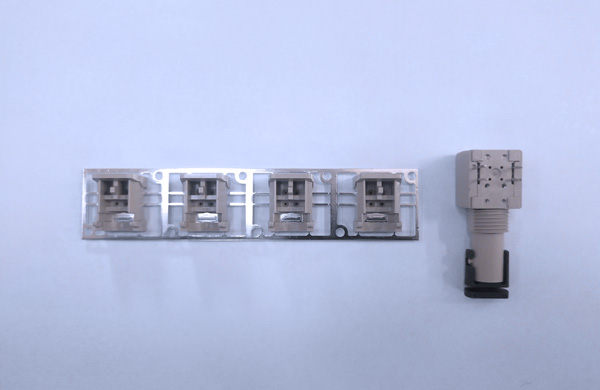
3. Enhancing Holding Pressure Measures
- Increasing Holding Pressure and Time: During the injection molding process, appropriately increasing the pressure and duration of the holding phase can effectively compact the plastic, reduce internal voids, and prevent gas accumulation and expansion.
4. Optimizing Product Structure
- Improving Wall Thickness Design: Optimizing areas of uneven or excessively thick wall thickness in product design ensures uniform wall thickness, avoiding stress concentration and gas expansion due to uneven local cooling.
In summary, addressing swelling and bubbling in metal insert injection molding requires careful consideration and optimization across multiple dimensions. This includes mold temperature control, plastic processing techniques, holding pressure strategies, and product structural design. By implementing these measures, the quality stability of injection molded products can be significantly enhanced. What’s more, the production cycles can also be shortened and costs reduced, contributing to the high-quality development of the metal insert injection molding industry.
